Jupiter, the largest planet in our solar system, is a colossal world of swirling storms, powerful magnetic fields, and enigmatic moons. Its immense size and dynamic atmosphere have made it a focal point of astronomical study for centuries. With recent missions like NASA’s Juno spacecraft, our understanding of Jupiter has deepened, revealing a host of strange and captivating phenomena. Here are some of the most remarkable and puzzling discoveries on Jupiter.
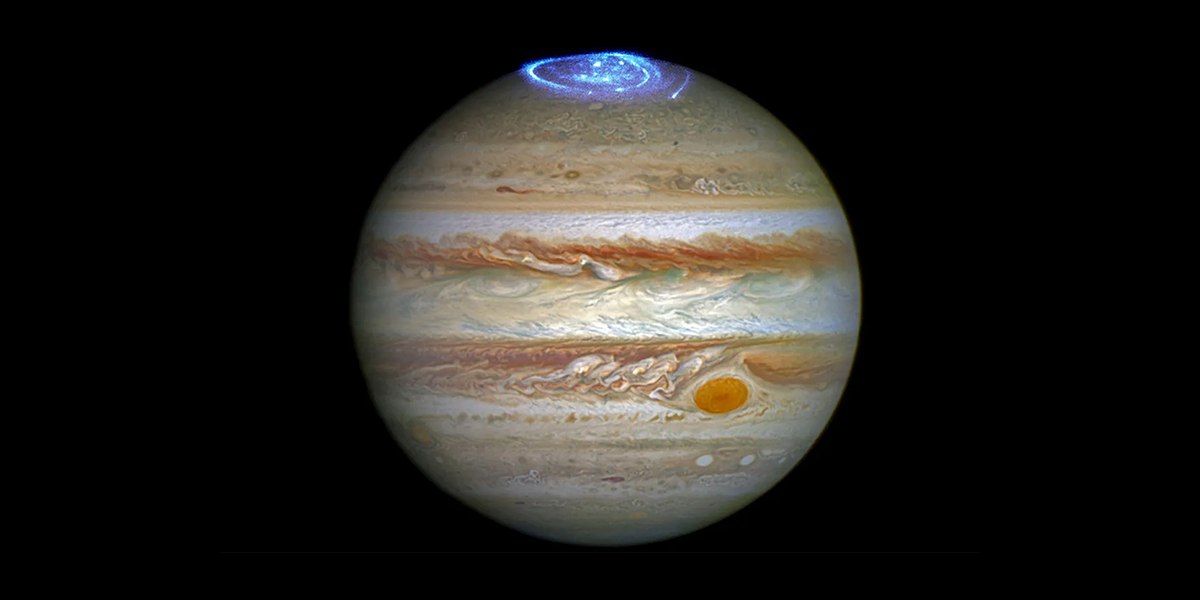
The Great Red Spot
The Great Red Spot, a massive storm larger than Earth, has been raging on Jupiter for at least 400 years. This persistent anticyclonic storm, characterized by its reddish hue, is one of the planet’s most iconic features. Recent observations by the Juno spacecraft have shown that the Great Red Spot is shrinking, though it remains a powerful and mysterious force. The exact cause of its color and the mechanisms driving its longevity continue to elude scientists.
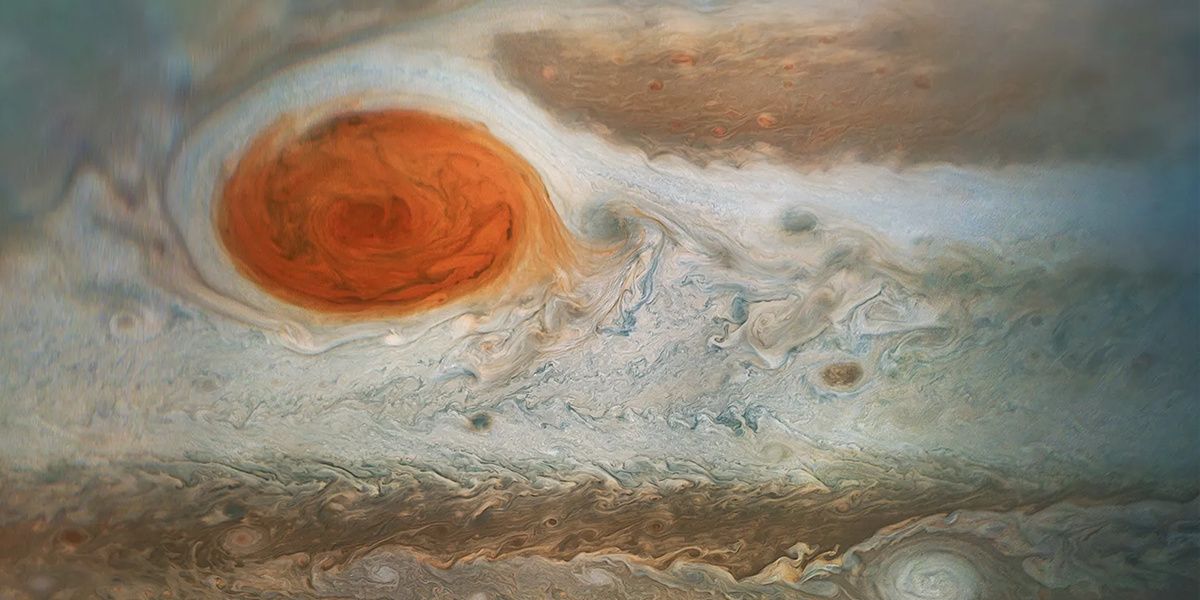
Jovian Auroras
Jupiter’s auroras are the brightest in the solar system, caused by its powerful magnetic field interacting with charged particles from the Sun. Unlike Earth’s auroras, which are primarily green and red, Jupiter’s auroras emit ultraviolet light, visible only through specialized instruments. Juno’s observations have revealed that these auroras are driven by both solar wind and volcanic activity on Io, one of Jupiter’s moons, which releases vast amounts of material into Jupiter’s magnetosphere.
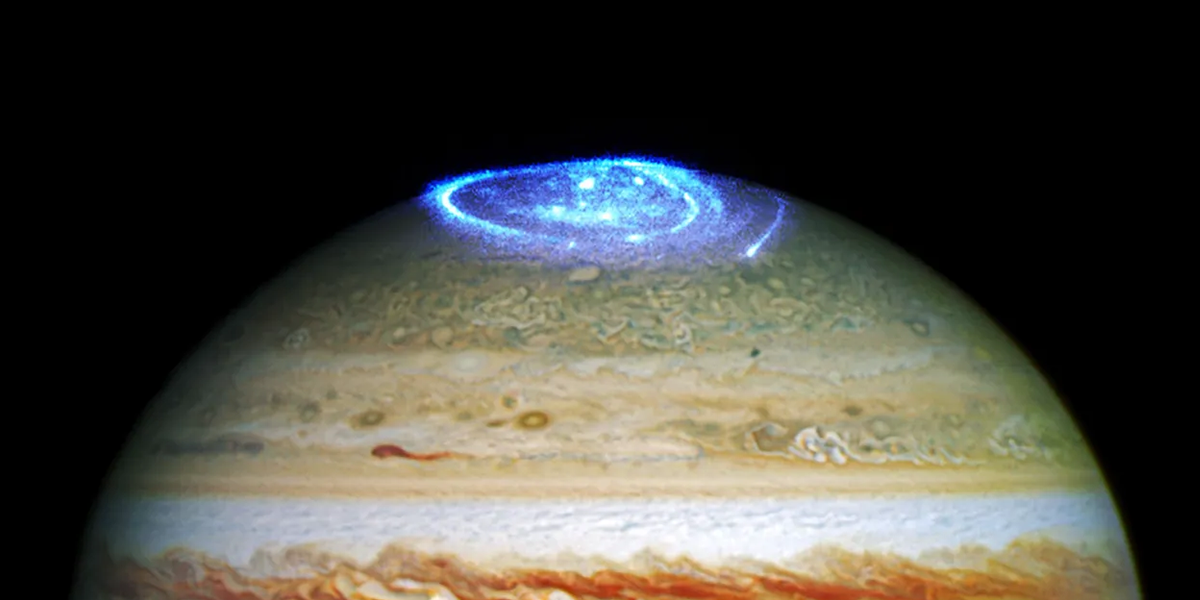
Polar Cyclones
Juno’s close flybys have uncovered clusters of cyclones at Jupiter’s poles, each spanning hundreds of miles across. These cyclones form geometric patterns, with a central cyclone surrounded by others in a hexagonal or octagonal arrangement at the poles. The stability and precise formation of these polar cyclones are perplexing, as scientists are still trying to understand the atmospheric dynamics that sustain them.
The Planet’s Core
Juno’s gravity measurements have provided insights into Jupiter’s core, suggesting that it may not be as solid as previously thought. Instead of a dense, compact core, Jupiter might have a “fuzzy” core composed of a mixture of heavy elements and hydrogen and helium gas. This revelation challenges existing models of planet formation and suggests that Jupiter may have experienced a colossal collision with another protoplanet early in its history.
Metallic Hydrogen
Deep within Jupiter’s interior, pressures are so extreme that hydrogen exists in a metallic state. This metallic hydrogen is believed to create Jupiter’s powerful magnetic field. Laboratory experiments on Earth have attempted to recreate these conditions, but studying metallic hydrogen directly within Jupiter remains one of the ultimate goals for planetary scientists. Understanding this exotic state of matter could provide insights into both planetary and stellar processes.
Jupiter’s Moons: Io and Europa
Io’s Volcanic Activity
Io, the most volcanically active body in the solar system, is constantly reshaped by its intense geological activity. Tidal forces from Jupiter and its other moons generate immense heat within Io, driving continuous volcanic eruptions. These eruptions release plumes of sulfur and sulfur dioxide, which contribute to Jupiter’s auroras and the planet’s complex magnetosphere.
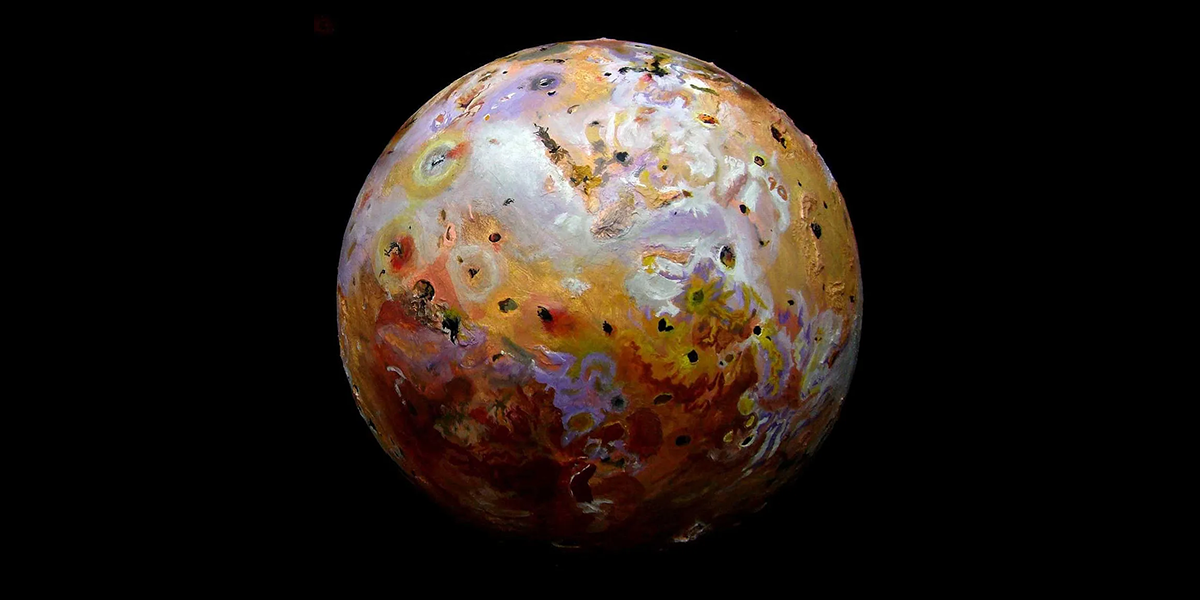
Europa’s Subsurface Ocean
Europa, another of Jupiter’s moons, is believed to harbor a vast subsurface ocean beneath its icy crust. This ocean, kept liquid by tidal heating, is considered one of the most promising places to search for extraterrestrial life. Recent studies suggest that the ice shell covering this ocean is in constant motion, recycling material between the surface and the ocean below, potentially providing the necessary conditions for life.
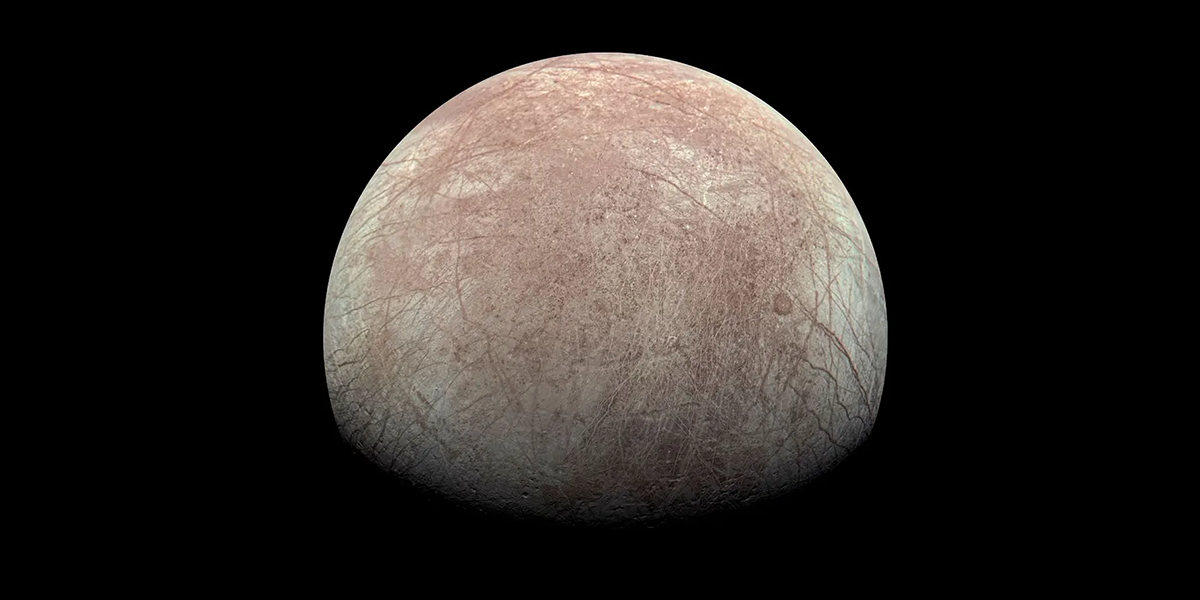
X-ray Emissions
Jupiter’s atmosphere emits X-rays, particularly around the polar regions. These X-rays are generated by the interaction of the planet’s magnetic field with solar wind particles and material from its moons. The intensity and variability of these X-ray emissions have surprised scientists, revealing more about the complex interactions within Jupiter’s magnetosphere.
Mysterious Radio Signals
Jupiter has long been known to emit strong radio waves, particularly from its polar regions. These emissions are related to the planet’s magnetic field and its interaction with charged particles. However, Juno’s data has revealed new patterns and bursts of radio signals that are not yet fully understood, indicating complex and dynamic processes occurring within Jupiter’s magnetosphere.
Jupiter, with its immense size and powerful dynamics, remains a planet of profound mysteries and strange phenomena. Each discovery, from its shrinking Great Red Spot to its metallic hydrogen core, challenges our understanding of planetary science and opens new avenues for exploration. As missions like Juno continue to unveil the secrets of this gas giant, we can look forward to even more astonishing revelations about this majestic planet and its intriguing moons.



